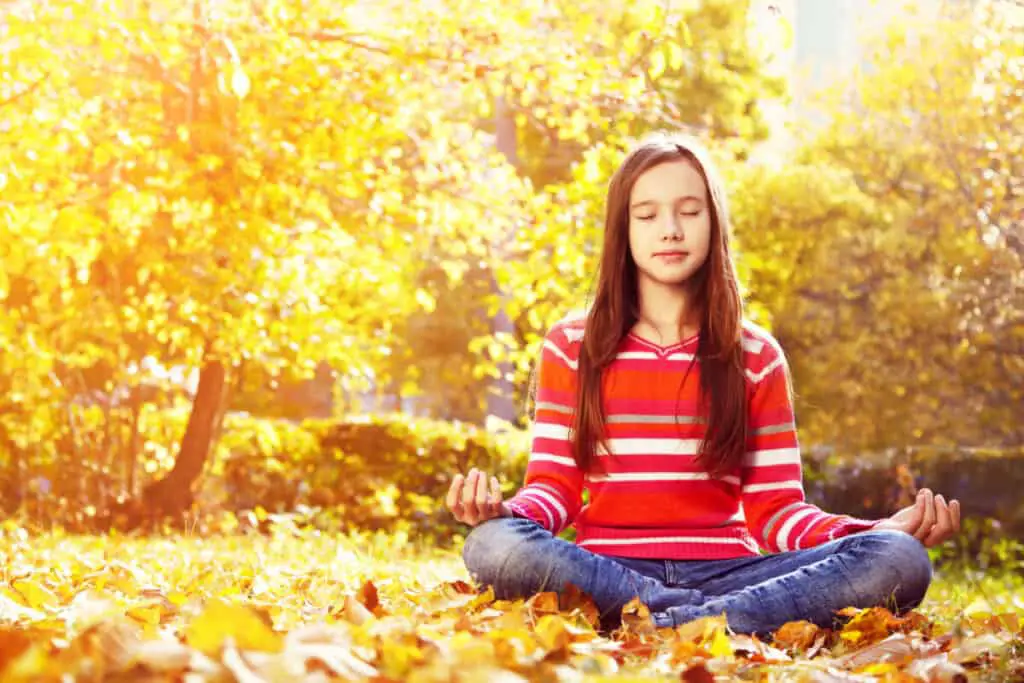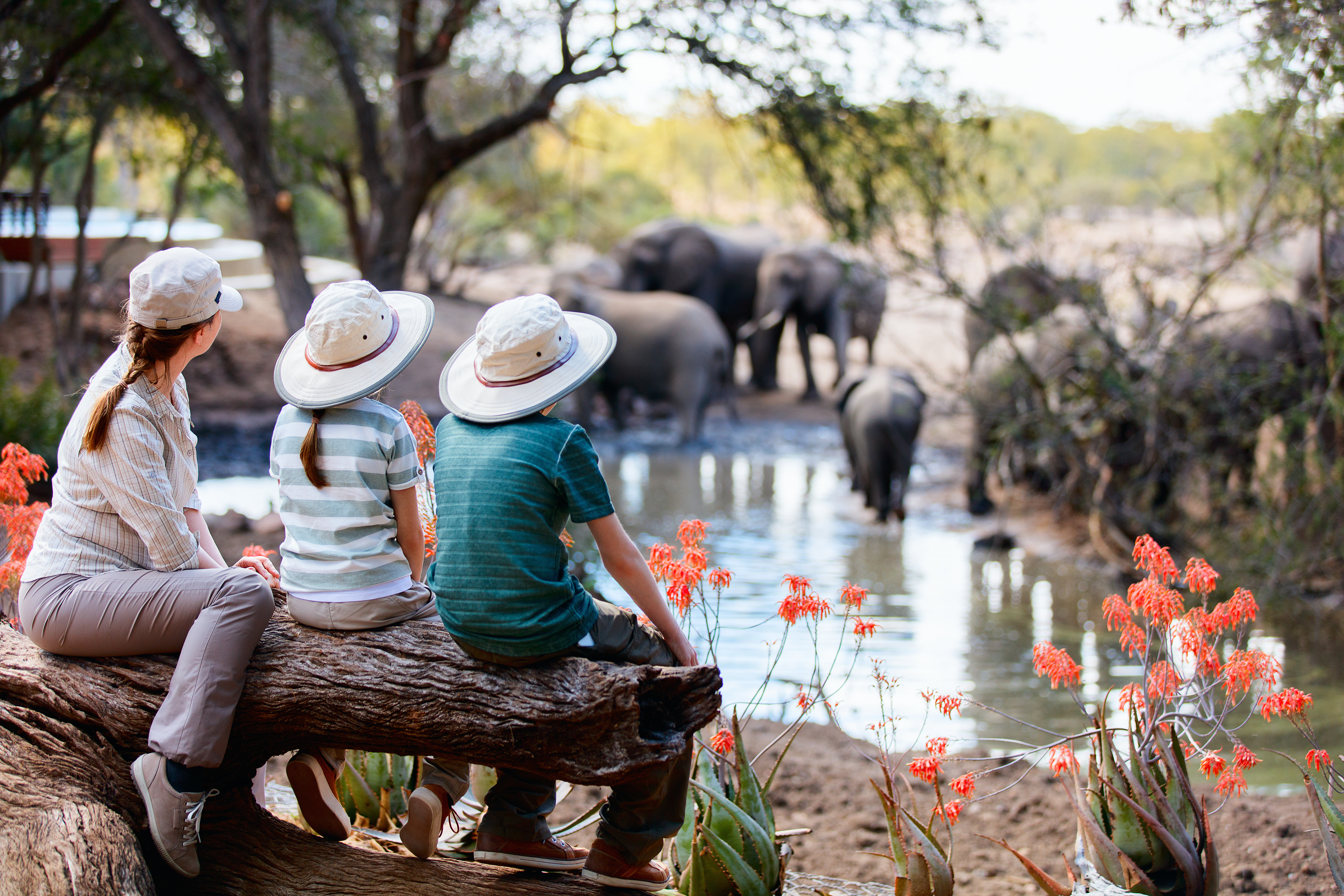We have been in the house for some time, haven’t we? Those who get easily fatigued from life and affected by seasonal depression are not looking forward to the fall and winter– especially with tiny humans pulling your pant leg. There is hope when you learn to change minor aspects of your life into moments of connection and learning.
11+ ways to help kids connect with nature
- Mindfulness props
- Local animals
- Outdoor tasks and chores
- Outside games
- Vacations
- Seasonal trip
- Cameras
- Museums
- Modify your house
- Nature shows
- Books and toys
There are many ways to reconnect with nature and learn to value different aspects of the natural world. We live in comfortable –sometimes clean– houses and forget the wonders other parts of the world have in store.
It takes years of practice, skill-building, and family bonding before you learn what your family likes to do to reconnect with natural environments. Keep trying new things, proposing new ideas, and stay genuinely curious. If they suit your environment, try some of these ideas, or take elements from them to peel the layers and create new opportunities.

This post may contain affiliate links.
1. Mindfulness Props
Use items for mindfulness in a calm, quiet –or perhaps lively– area, depending on your family’s preferences. Belongings used for this are meditation cushions, bed pillows, and yoga mats. Stay inside if your child is hesitant, and gently show them to venture outside with these props when ready. Please encourage them to use things to connect with nature. Show them how to sit on a pillow to relax, use a magnifying glass or observe nature.
Model this behavior by incorporating daily mindfulness rituals that highlight nature by sitting outside with tea, daily walks, and taking deep breaths of air when stressed. Show them you understand the value of this practice and help them practice their connection with nature to live stress-free lifestyles.
2. Spy on Local Critters
Activate your eyesight by looking for local animals –birds, squirrels, chickens, and moles. Animals vary in location, so what you see outside may differ from what others see. Check out neighbor’s yards –with your eyes– to see any life there. There may be rabbit hutches, dogs and cats, reptiles, and small critters that make their way into people’s hearts. Make friends with other people to learn more about their pets. Consider purchasing binoculars for kids to use when they are looking for critters.
Think about different ways to house your animals or insects. There are some craft bird feeders, bug houses, and butterfly nets kids can use for fun. Encourage children to paint their crafts and find a place to hang their home. Some kids prefer bug or animal kids like this Outdoor Explorer Kit (available on Amazon).
3. Outside Tasks
Jobs that you perform outside are endless and, depending on the area you live in, necessary. You can do seasonally tidying like raking and painting to finish some chores before the winter elements. Try activity-style jobs that kids have more fun with, like gardening and woodworking. Younger kids might want to throw things in buckets, and older children like using tools. Modify your workload to reflect their development.
4. Outside Games
Kids love games and want things to be fun! If they aren’t into the tasks, show them more fun ideas to help them stay outside and connect with nature. Some kids like swimming and water play; others like cloud-watching, bird-watching, and watching planes. If they like using other senses besides their eyesight, think of an idea that supports their interests. Messy kids like mud and sand. Let them play in the sandbox with buckets of water and sand toys, or try sand art if you have craft materials to bring outside. Make some scavenger hunts from activity books you own or print some from online sources.
5. Remote Vacations
Consider a vacation so far away that you can not hear towns, cities, traffic, and people. Lengthy trips are great for families who want to reconnect with nature and feel refreshed and energized before massive work responsibilities or school schedules start. Think of somewhere you’ve gone before or seen that you remembered. Sometimes our brain gets too stimulated during trips, and we see many incredible things. Think of that time you said, “Don’t forget this place!” then look that place up on a map.

6. Seasonal Trips
If you stay local more often, go to zoos, botanical gardens, and state parks for camping. Bring your meditation props or games you like to play for more nature connection fun. Zoos have games, activities, and shows for purchasing. You might want to consider before admission if they require additional fees. Botanical gardens are great for plant classification and learning about geography. Camping is excellent for families that like to get outside without the luxury of creature comforts. Consider talking to your partner about comfort levels to assess future camping trips and plan reservations.
7. Cameras
Find old cameras at thrift stores on hand-me-down groups to show your kids how to snap a photo. Kids love to take pictures of animal buttholes and bird beaks. They may also like taking pictures of clouds that remind them of ice cream or artistically re-create an image from a remarkable book. Teach them to zoom, focus, and pay attention to their target as they connect with their outside surroundings. If you garden, show them the plant parts and see if they can focus on those characteristics.
8. Memberships to Museums
Search for local museums and consider a membership. Science centers have films, short shows, games, activities, and seasonal parties related to nature and their love for science and biology. Kids love getting out of the house and are sneaking their way out to connect with people and subjects unrelated to diseases– sorry, pathologists. Help them value nature and biology by sneaking in these subjects in a way that isn’t directly related to the pandemic. Try to keep it fun and short relative to other learning experiences.
9. Modify House
Change up your home environment. Open the windows frequently and get corner fans. Consider buying lighter curtains to match the sky and brighten up the dark. Put maps on the wall and purchase small sky night lights for dark rooms. There are very cool projector lights (on Amazon) that show the planets, animals, and the starry sky. Think of other things in your house that need some nature to add different elements indoors. Macrame hanging baskets (on Amazon) are suitable for indoor plants, and some people like oil diffusers that smell like natural fragrances.
10. Nature Shows
Introduce your kids to nature shows that help them learn more about outside areas they do not visit. Our Planet is a fun series highlighting different biomes, habitats, and ecosystems. People wouldn’t be able to learn about other places without visual exposure to them first. Try shows like Wild Kratts or cute, cuddly shows with fluffy dogs and cats. National Geographic and The Discovery Channel are sure to have a few.
11. Books and Toys
Learn to value books and toys about nature and different habitats– The Magic School Bus, subscriptions like Ranger Rick or National Geographic. Magazines have many colorful pictures, wall posters, games, and cards. Guide your purchasing patterns by learning what your child has enough of and what they crave. Recently, my son asked me to buy more toys with small breakable dinosaur bones because he wants to learn more about skeletal structures and fossils. My daughter loves Berenstain Bears because they live in a treehouse and eat honey from bees. Think of what your child likes and ways to incorporate nature into everyday routines.
